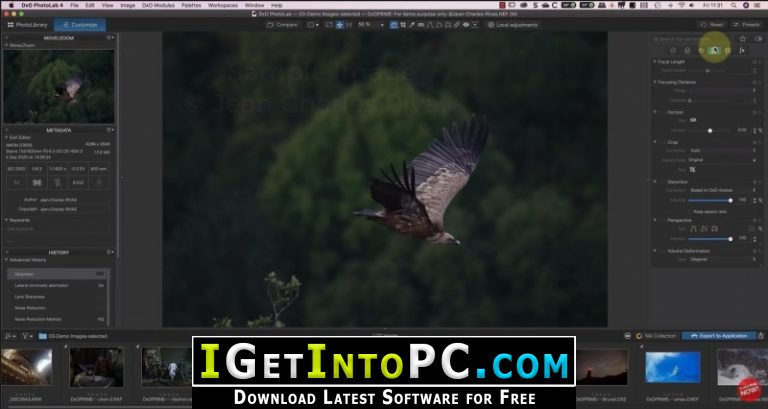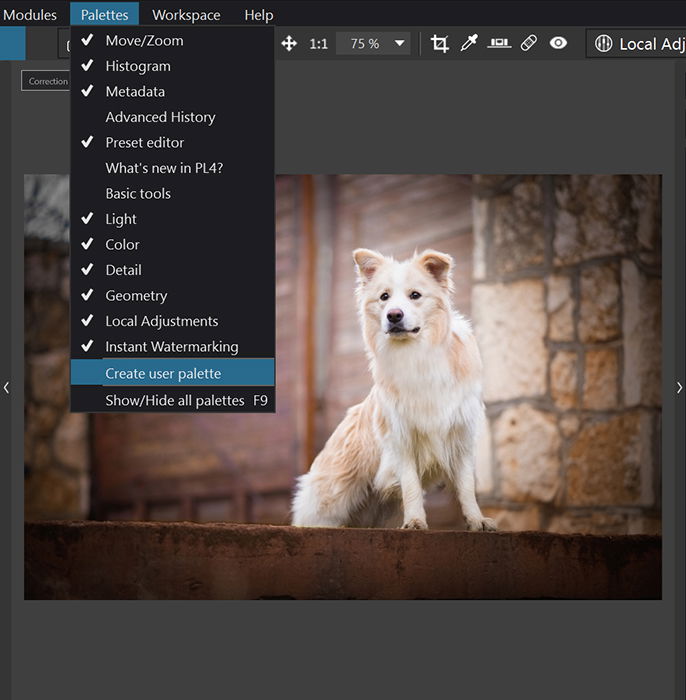

QuMagie perfectly complements my workflow with PhotoLab in terms of an ubiquitous photo viewer and powerful search front-end, taking into account both, the manually added and A.I. Today’s browser engines are able to read color profiles from both, the source and the output device, applying a proper conversion. While I do use sRGB as color space in my workflow, I don’t believe that the web based QuMagie would hinder me in upping my game to Adobe RGB. Several search conditions (including my keyword based locations from the XMP subject tags added by PhotoLab) can be concatenated either using an AND (all conditions have to be met) or OR (any condition has to be met) relationship. It is even possible to hand it a picture of somebody and search will try to match it. Search is quite powerful, also being able to find photos with certain people on it. It is of course also possible to manually create albums or smart albums based on user-defined criteria.Īll the face and subject related metadata is stored inside QuMagie’s database. is able to recognize and relate faces, detect subject types and catalog photos accordingly is indeed magical. assisted organisation on top and making them available to any device anywhere in the world. QuMagie takes all my developed photos stored inside the NAS’ Master folder (Photos\Master), putting an A.I. So I decided to go with keywords for locations too which has the benefit of using them in search together with other criteria in order to build “complex” queries. Since neither does my camera feature a built-in GPS module nor does PhotoLab support geotagging, I thought about taking a picture at each venue with my smartphone and copying the GPS data which would have required another tool though and would have made my workflow quite a bit more complicated and time consuming. I’ll stick to that structure for my developed photos.

Organizing photos by venue or event instead of using a year/date as the top level helped me locate a shooting rather quickly in the past even without a sophisticated search. Information like author and copyright are already part of my custom picture presets, therefore being automatically applied.ĭeveloped photos are exported to a different location than the RAW files: > Photos Those features are reasonably well implemented, also allowing for batch processing, even across multiple folders by using projects. Thanks to recent updates to PhotoLab, I do not have to resort to another tool for appropriately flagging (pick/reject), rating and keywording photos. So it leaves to be seen whether my Gbit LAN will ever slow me down to a point where editing RAW files inside PhotoLab will become a pain. I haven’t yet dealt with a very large number of photos in one single folder or project and probably never will.

The Photos shared folder is mapped to a network drive on my computer on which I then fire up DxO PhotoLab. Qfiling can take into account several EXIF and IPTC tags for automatically building the folder structure and renaming files in batches. When plugging my camera into the USB port of the NAS, a Qfiling task copies all stored photos to the Photos\RAW subfolder, automatically creating a folder structure based on the photos’ creation dates (which is equal to the date in EXIF’s CreateDate field), like: > Photos On my QNAP NAS I did set up a shared folder called Photos. Setting up and properly administering a personal data storage (and even cloud) solution certainly requires quite some IT knowledge. One discussion I would like to prevent is data safety and security. I will detail my workflow in the following and would love to hear you guys’ opinions on it. assisted cataloging and sophisticated search use QuMagie as a web based photo viewer with A.I.use DxO PhotoLab for RAW conversion and basic photo organization/tagging.use Qfiling app to ”import” photos to personal QNAP NAS.ubiquity - access to all photos on any device from anywhere without relying on a 3rd party cloud service.possibility to more effectively search my photo library (e.g.DxO PhotoLab has to be the RAW converter.As my library is growing larger and my brain is getting weaker, I am now trying to find a better way of organizing my photo library with the following goals/requirements: I am just a hobbyist and therefore only manage photos in the few Hundreds per year which is why I so far organized them on a hard disk without relying on additional photo management software, occasionally uploading several photos to flickr for the very purpose of sharing them.


 0 kommentar(er)
0 kommentar(er)
